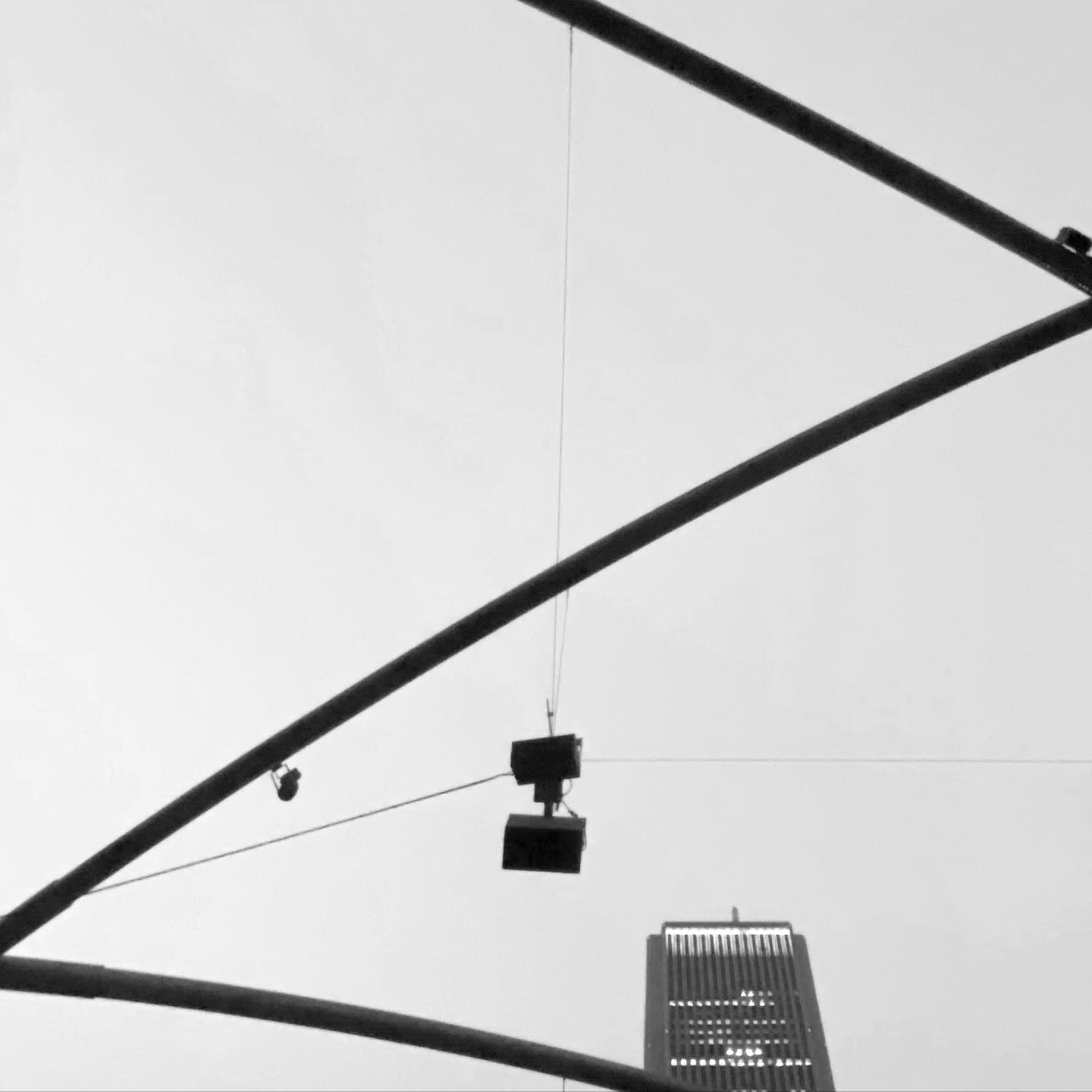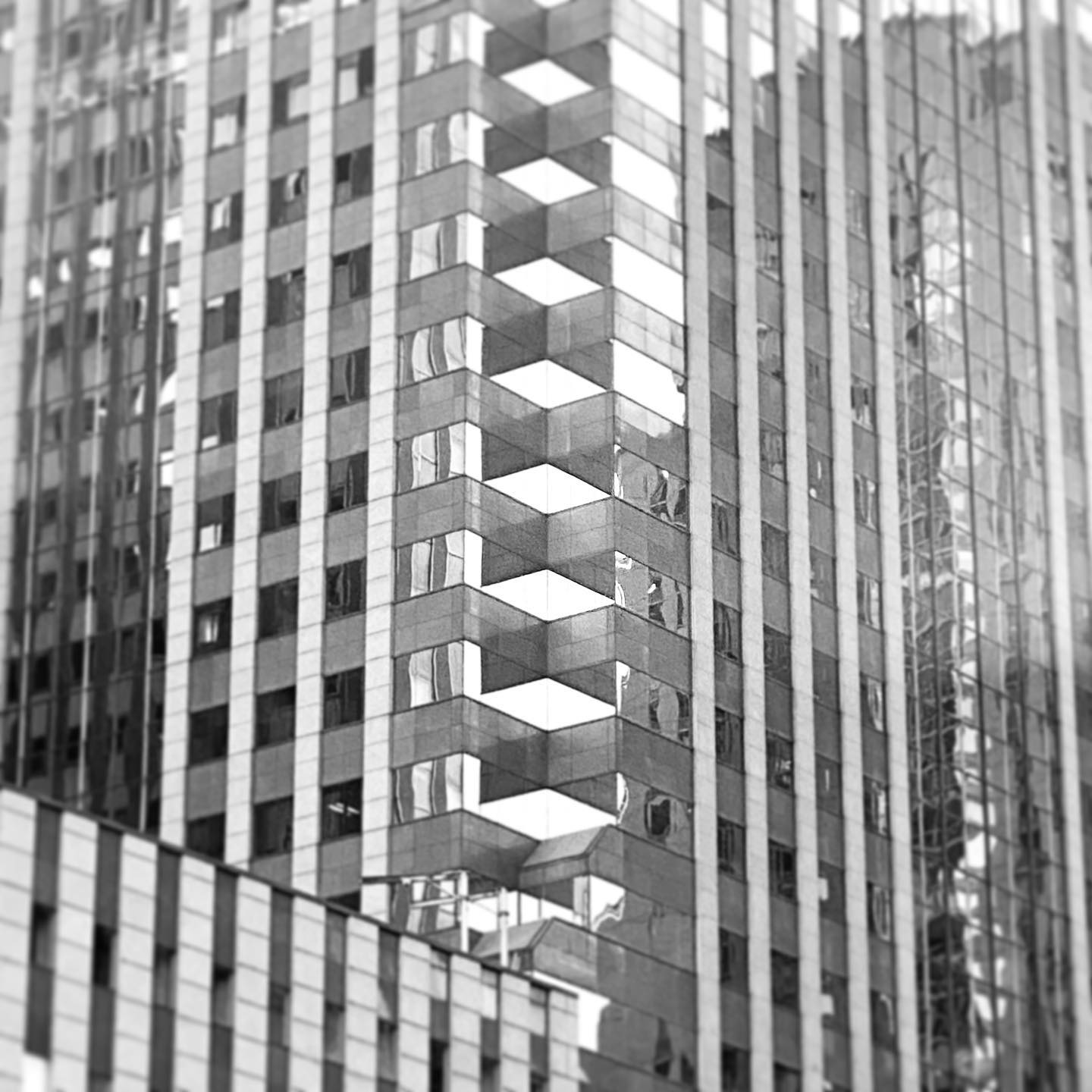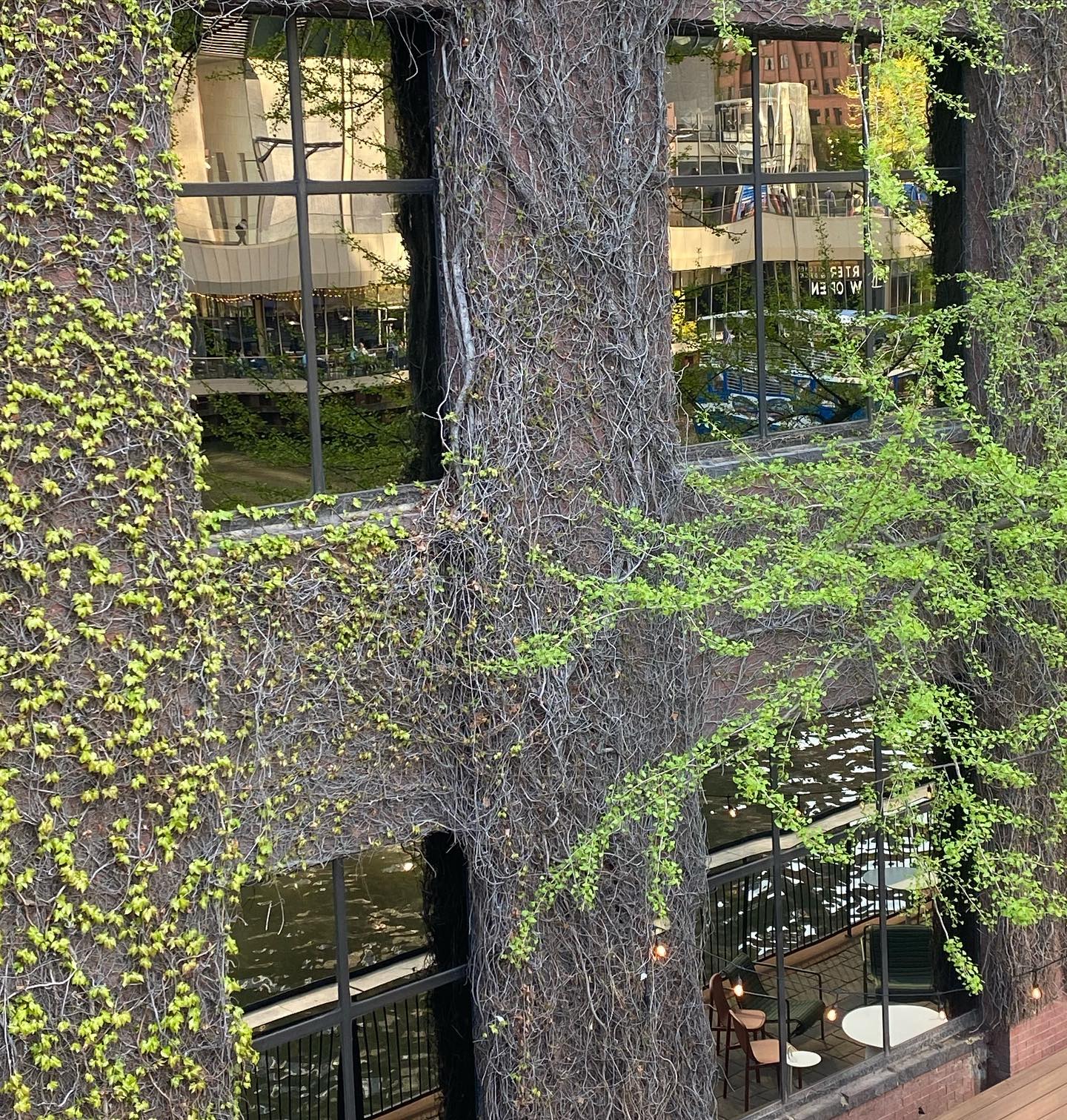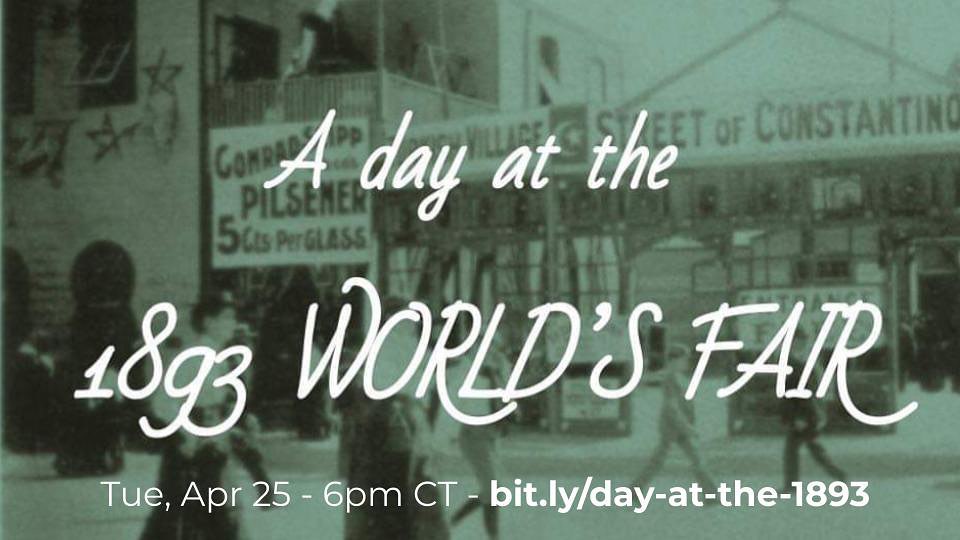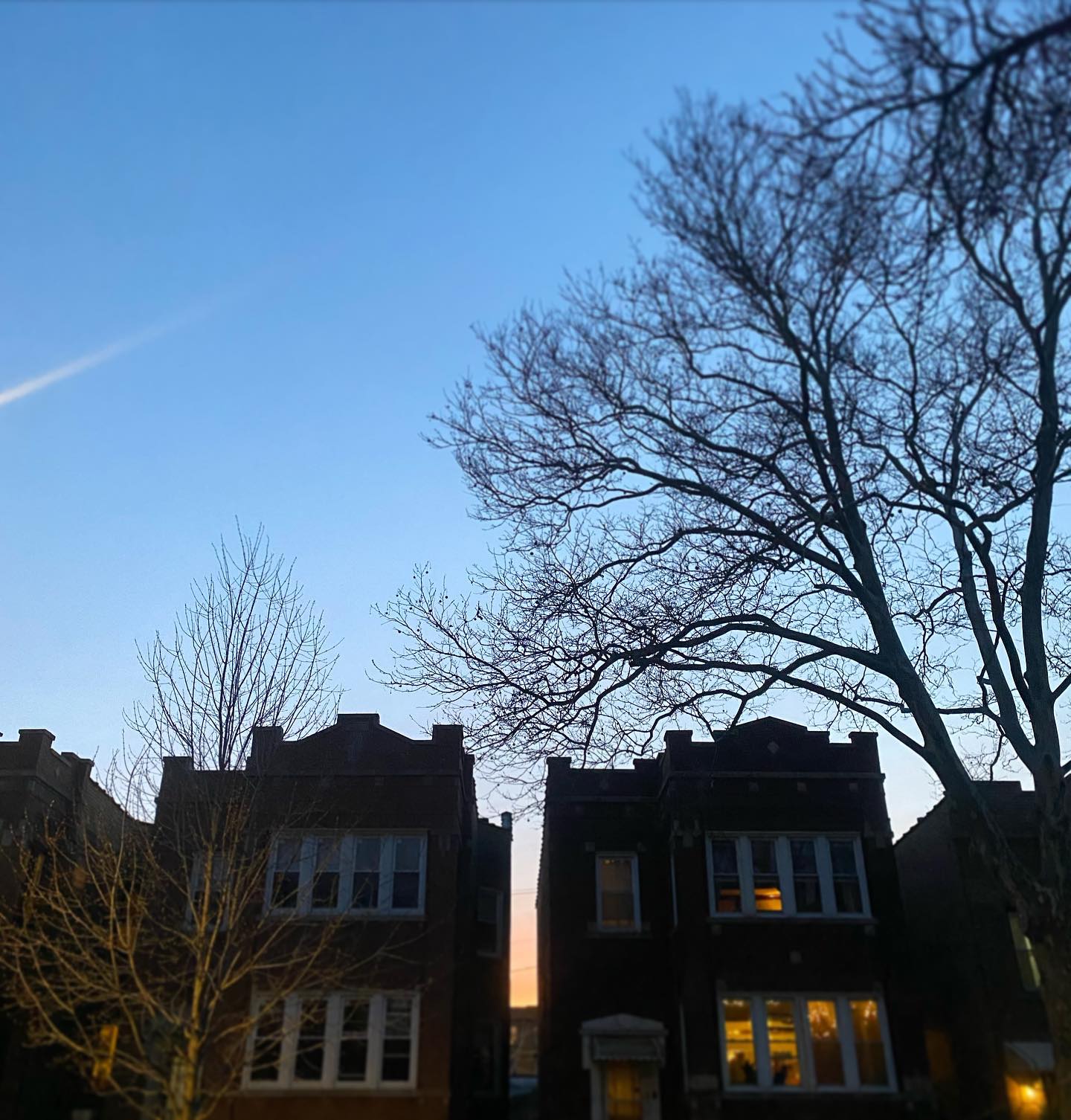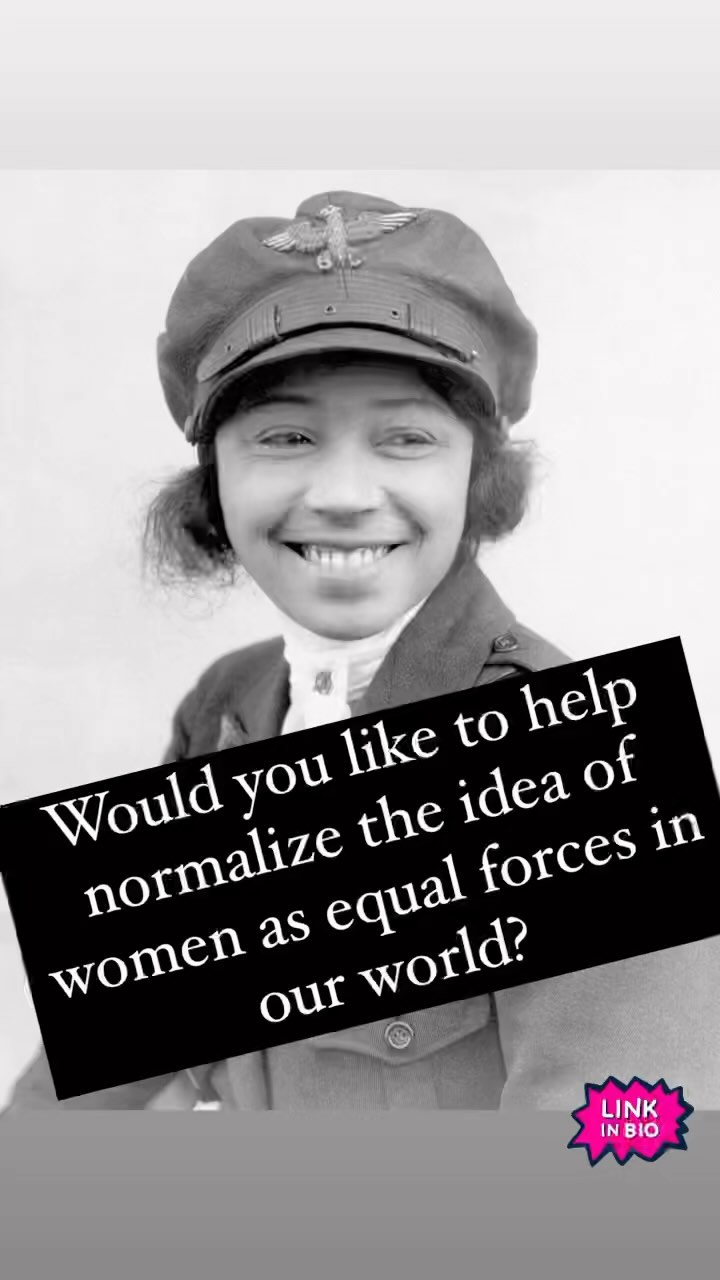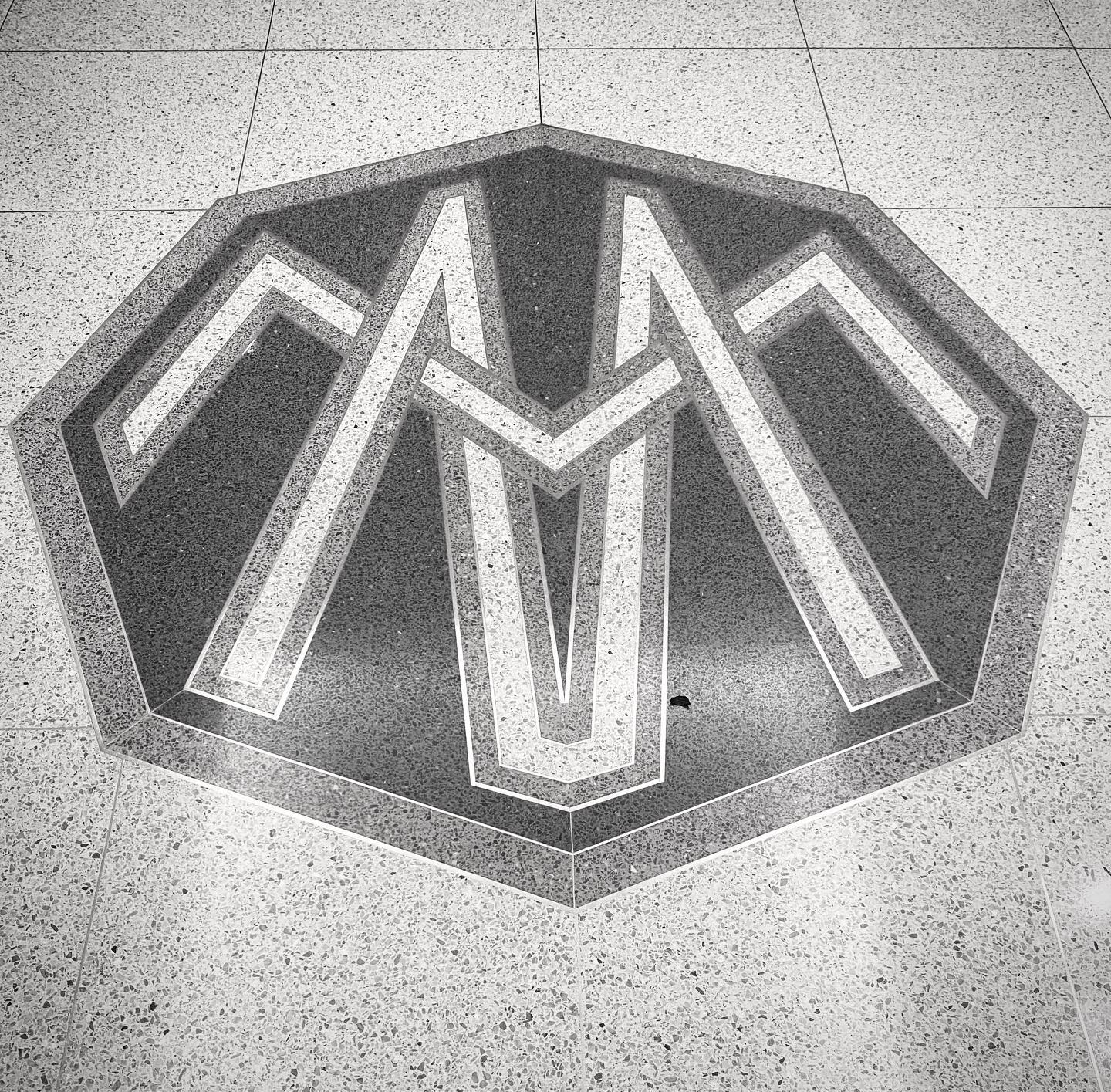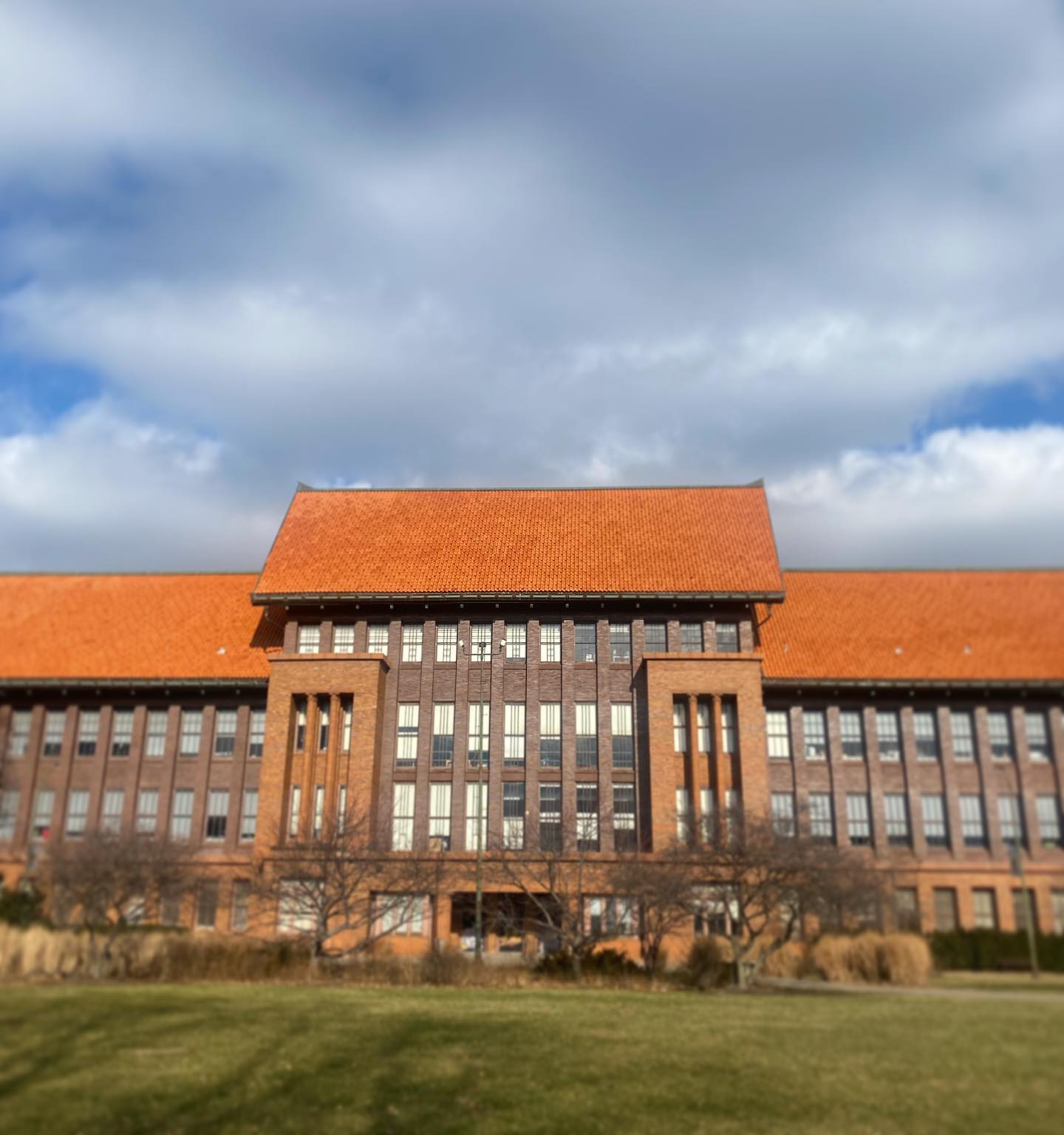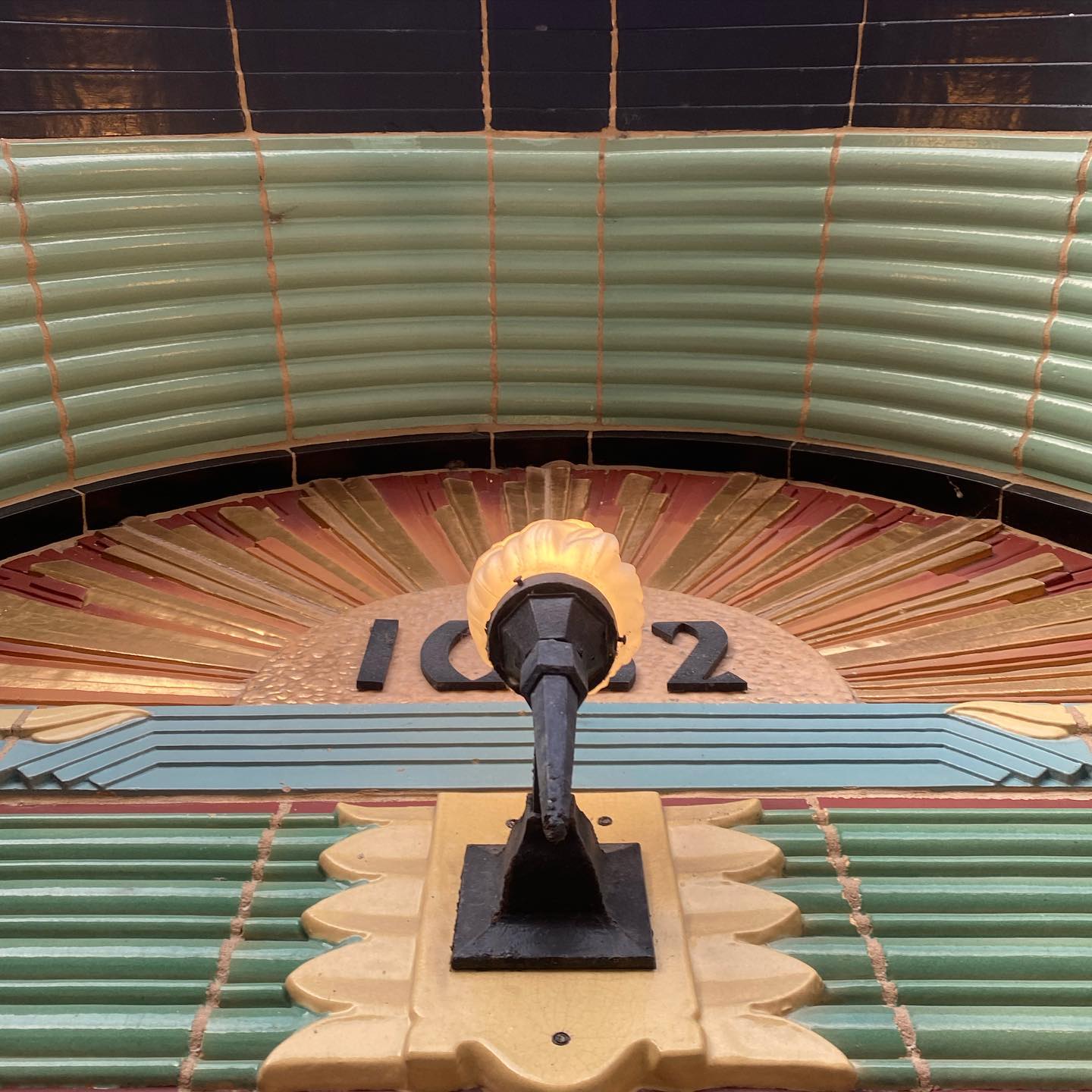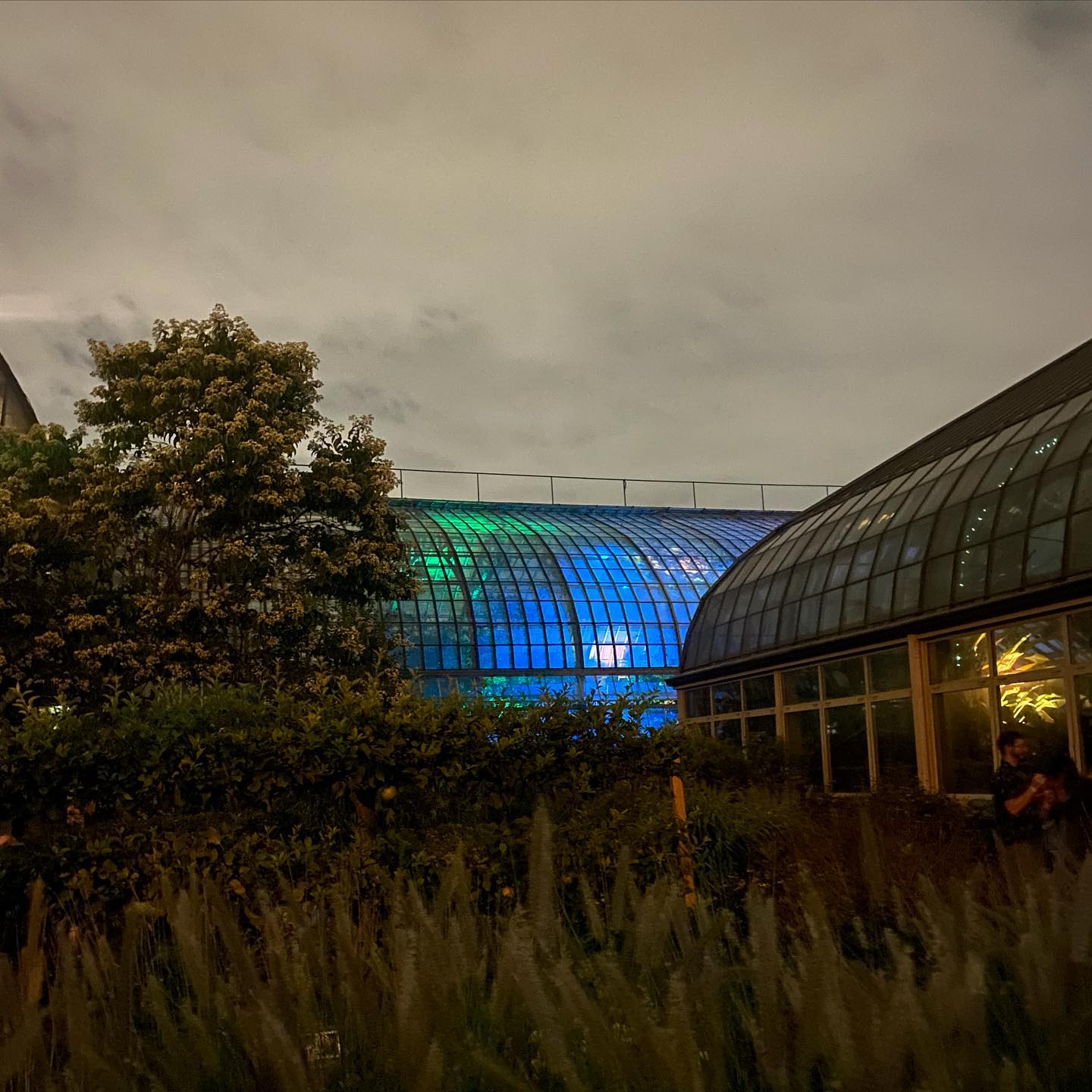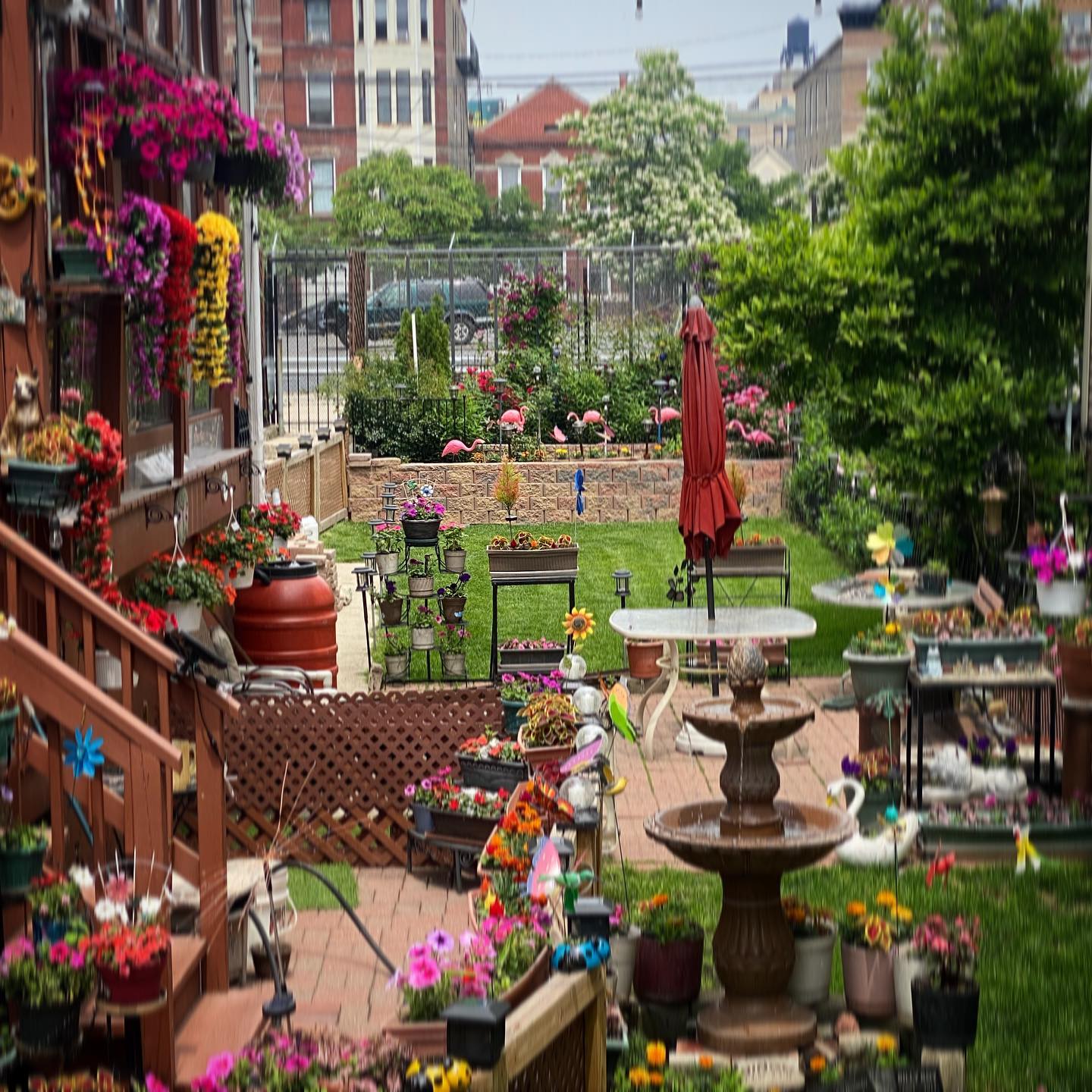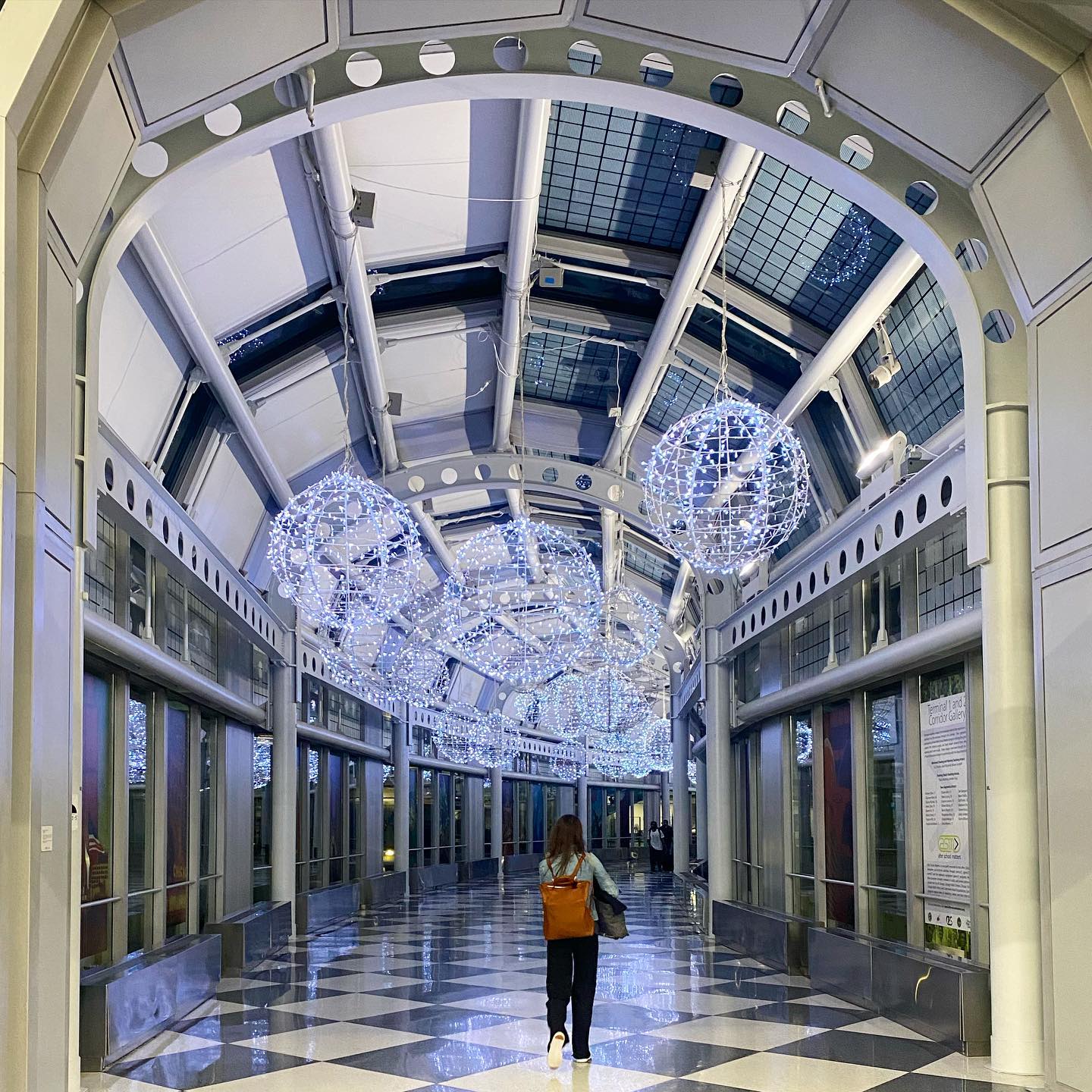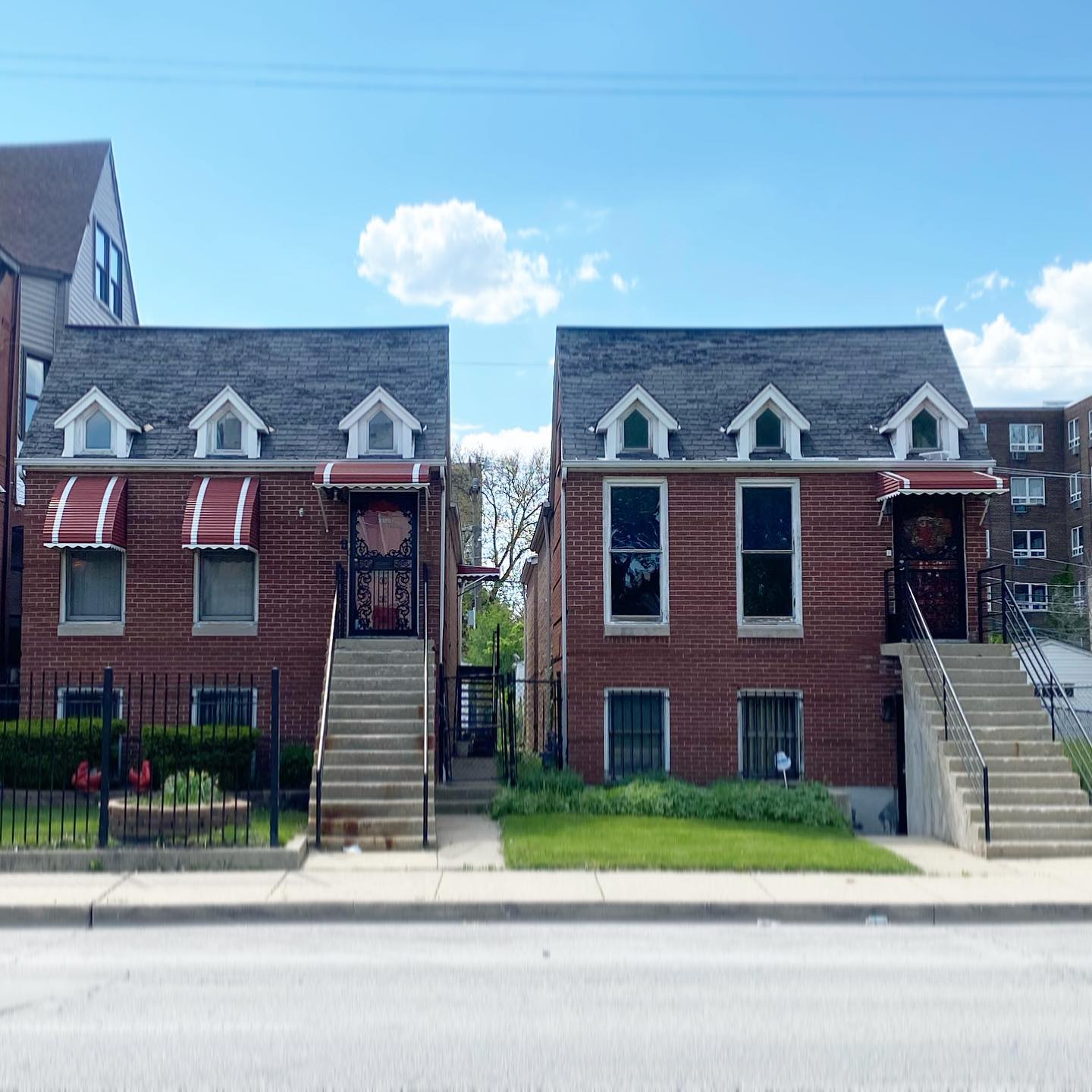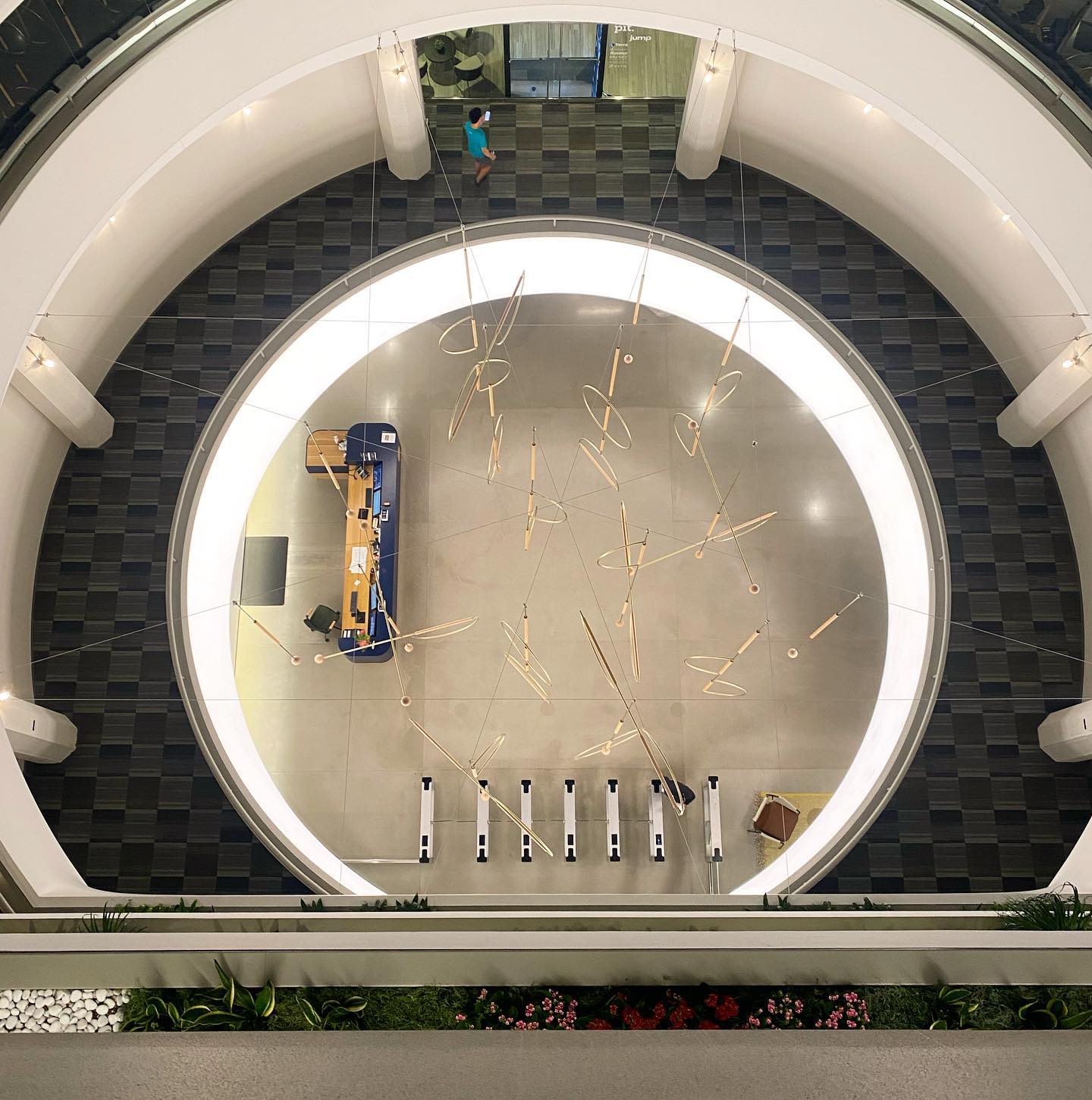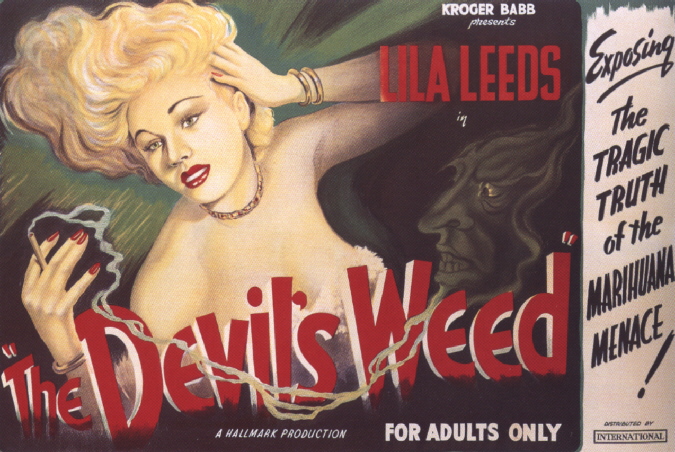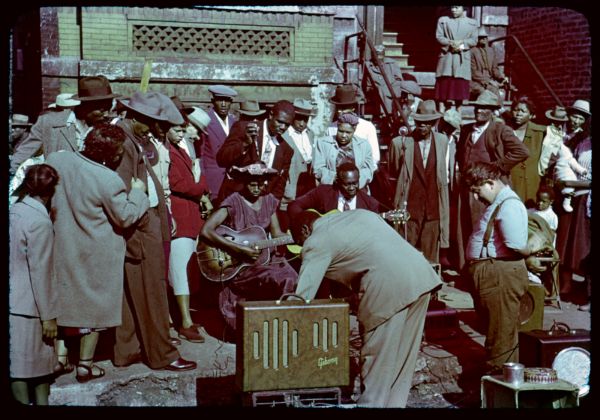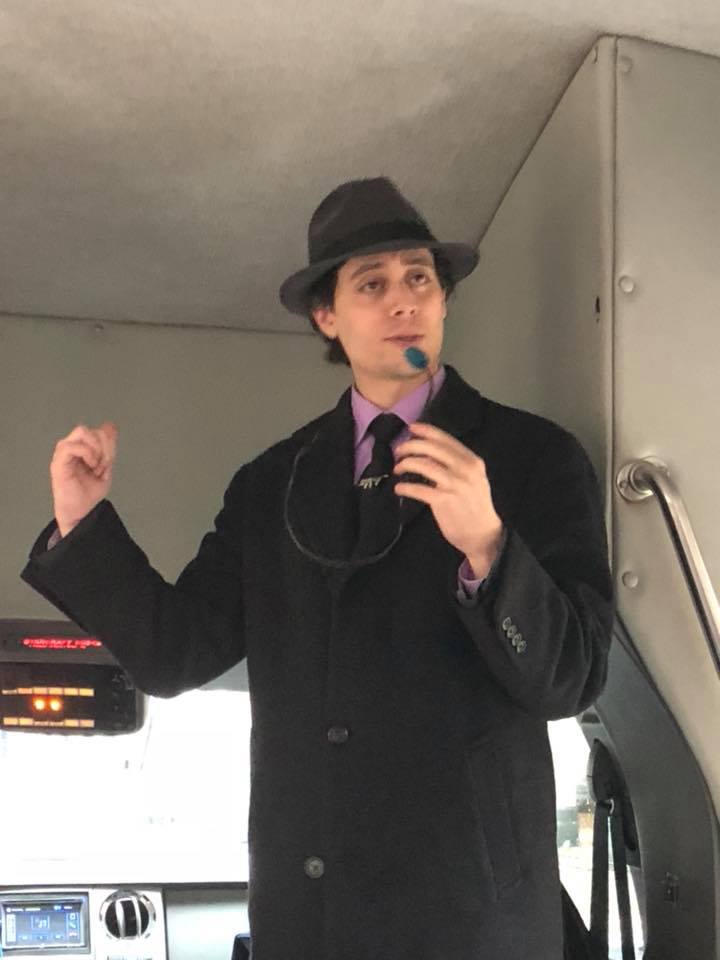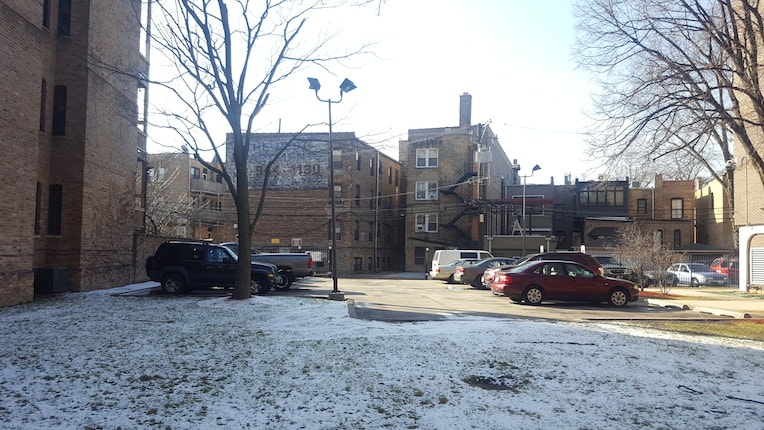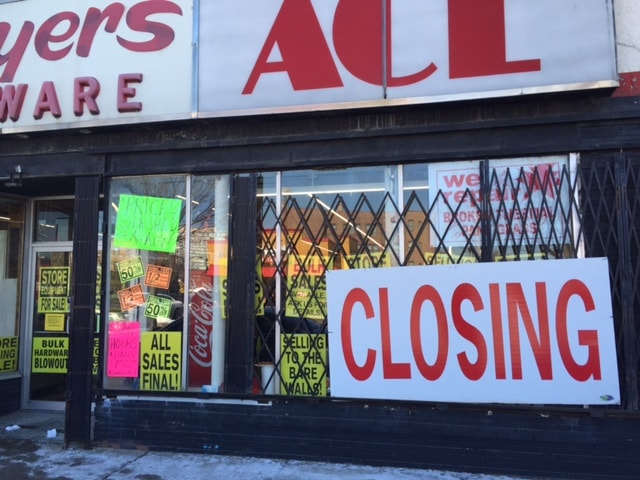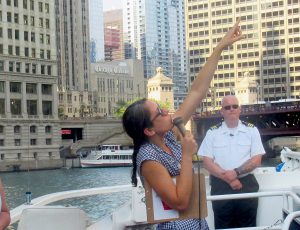Al Capone’s Chicago is a place of myth as much as fact. Oddly, it’s often reminded me of George Washington. Every sufficiently old building east of the Alleghenies claims that Washington slept there. Similarly, dozens of old buildings in Chicago seem to claim that Capone drank and/or killed someone there. With the 90th anniversary of the St. Valentine’s Day Massacre right around the corner, we thought it was worth finding out which extant buildings were really a part of Al Capone’s Chicago. Plus, if you want to visit these sites several of them have some pretty awesome historic architecture, too.
We research stories from Chicago history, architecture and culture like this while developing our live virtual tours, in-person private tours, and custom content for corporate events. You can join us to experience Chicago’s stories in-person or online. We can also create custom tours and original content about this Chicago topic and countless others.
1. The Green Mill
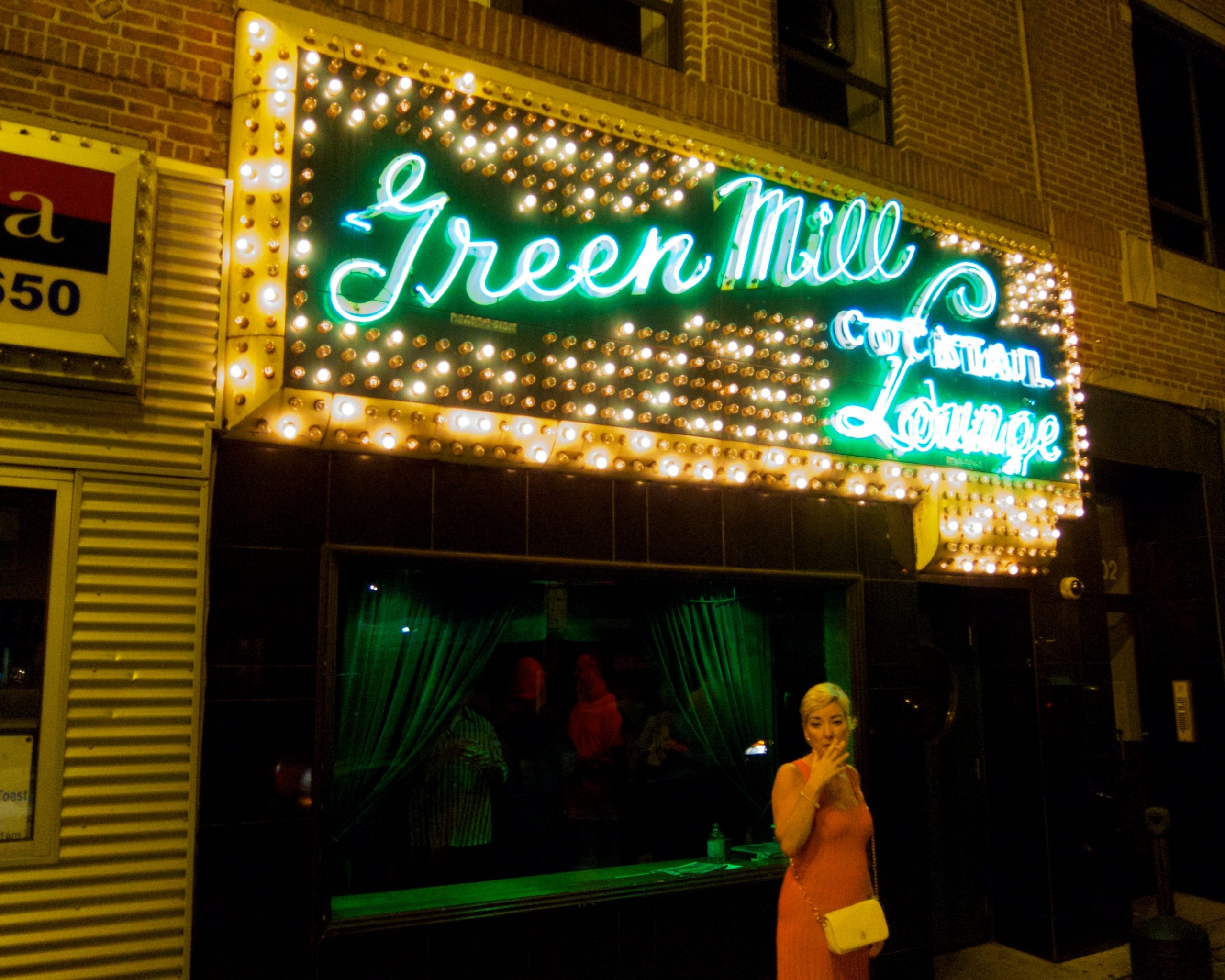
Let’s kick things off with a venue that still looks, feels, and (most importantly) sounds like it did in Al Capone’s Chicago. The Green Mill Cocktail Lounge is the beating heart of Uptown’s historic entertainment district. Chicagoans have enjoyed drinks and music here since 1907, when it opened as a roadhouse. Capone henchman “Machine Gun” Jack McGurn ran the joint during Prohibition. We have frequently designed custom tours that visit this famous juke joint.
According to legend, Capone’s favorite booth has unobstructed views of both doorways. If he (or his men) saw trouble entering, they could scurry into the tunnels below the bar, which ferried them across the street to safety
The other, bloodier, legend concerns the entertainer Joe E. Lewis. McGurn had Lewis under contract to perform at the Green Mill, but a rival gang’s club, the New Rendezvous, offered more money. Lewis planned to make the switch, so McGurn sent enforcers to Lewis’s residence. They proceeded to cut his throat and tongue in the doorway of his Lincoln Park hotel room. Amazingly, Lewis survived and even resumed his singing career after Capone paid for his recovery bills. I shared this bloody story in a live-streamed tour a while back – would be more than happy to create more custom content like that for you!
2. Exchequer Restaurant & Pub
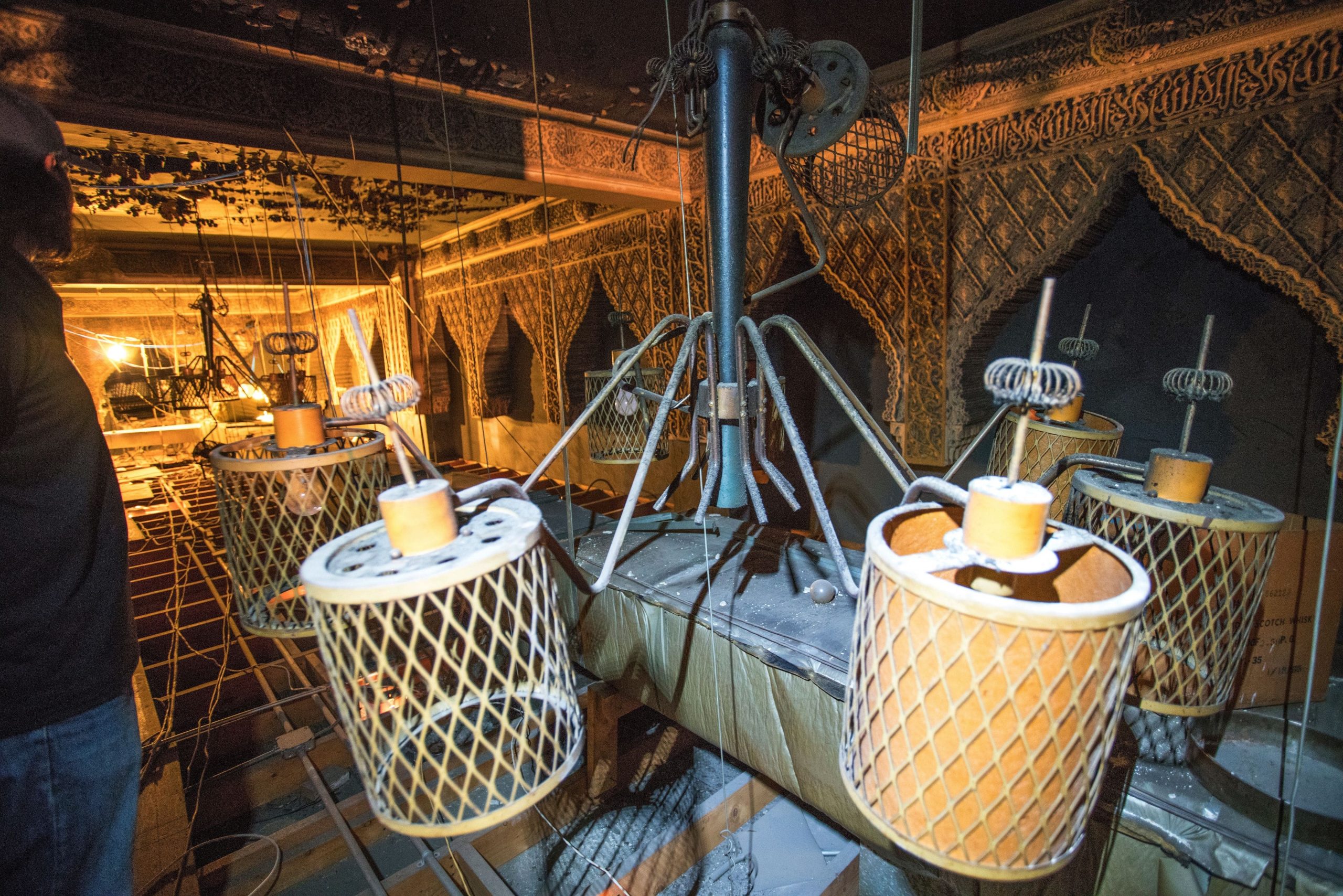
If The Green Mill is one of the most famous sites from Al Capone’s Chicago, then the Exchequer Restaurant & Pub may be one of the most under-sung. Located below the ‘L’ tracks near the Adams/Wabash station, this family-owned restaurant was the site of a Capone-run speakeasy during Prohibition. Indeed, according to the staff, a door in the dining room leads to paved-up underground tunnels. Capone used the tunnels to avoid any heat. Seems like a pattern for that guy.
The 226 Club, named for the address of 226 S. Wabash, operated as a legitimate restaurant in the 1920s. That was only the front, of course. Capone supplied the illegal booze for thirsty downtown workers in the back of the establishment. Incredibly, the original décor that Capone gazed upon is still there. A contemporary drop ceiling hides the Moorish Revival architectural decoration from sight.
3. Blackstone Hotel
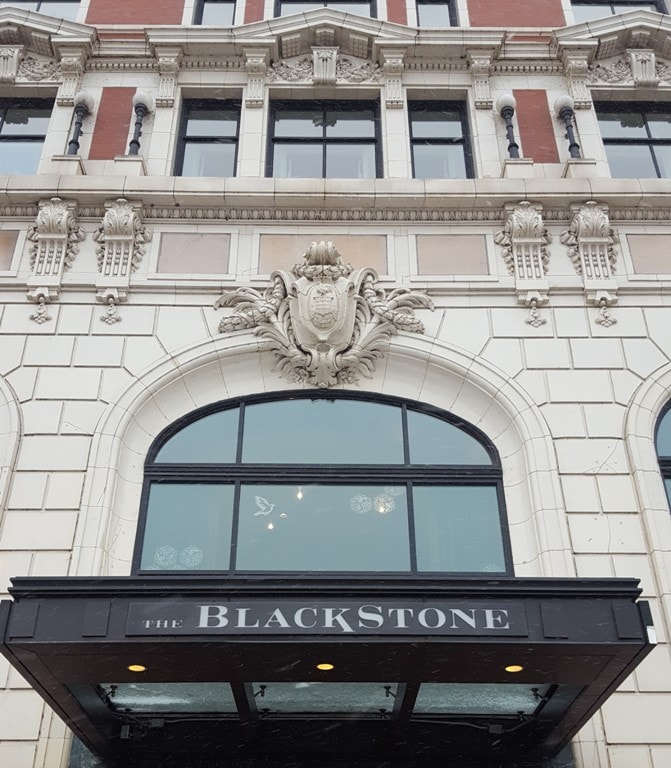
A local landmark known for its glamorous facilities and ties to Presidential politics, the Blackstone Hotel was apparently also a haunt of Alphonse Capone’s. According to the hotel’s own history, Capone frequented the hotel barbershop because it was windowless. No chance for an assassin to do his dirty work with no lines of sight.
Fans of Chicago gangster movies will find another of the Blackstone’s spaces familiar. The eye-popping architectural detail of the Crystal Ballroom is where the iconic baseball bat scene from The Untouchables was filmed. Of course, Capone didn’t actually beat rivals to death in that gorgeous room. He did it elsewhere. The Crystal Ballroom is the site where “Lucky” Luciano hosted a gangster’s convention in 1931, though. So it’s got that going for its gangland reputation.
4. Capone Family Home
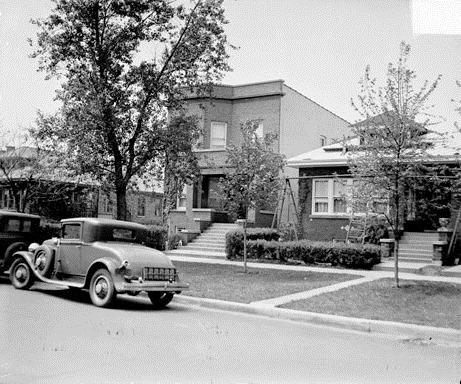
Al Capone stayed in many different locales across Chicagoland. Such is the vagrant life of a gangland kingpin. When not galivanting around, he stayed at the original Capone family home with his mother, Theresa, and his wife, Mae. The family had relocated here in the 1920s from New York as Al’s particular career path led him to the Windy City. This brick two-flat, with its modest architecture, is at 7244 S. Prairie Ave. Today it’s a private residence, so it’s best not to go ringing the doorbell unless you’re looking to buy it.
Tucked onto a sleepy street in South Side’s Park Manor neighborhood, the Capone home is a completely unpretentious two-flat. Capone’s many customers lived in similar homes all across the working class “white ethnic” Chicago neighborhoods. For all the associations with glamour and guts, this humble spot may best epitomize Al Capone’s Chicago.
5. Bert Kelly’s Stables and the Medinah Athletic Club
I saved the spots I know best for last. The Shriners constructed the opulent Medinah Athletic Club, now an InterContinental Hotel, in 1929. The over-the-top Orientalist tower included everything from banquet halls to a dirigible dock. During the few years that the club was open as a private club, Capone visited to play rounds of putt putt at the tower’s indoor miniature golf course. I always find it funny, even charming, to imagine this infamous mobster puttering around, working on his short game among this magnificent architecture above the Mag Mile.
Bert Kelly’s Stables operated out of a small building at Wabash and Hubbard from 1915 to 1930. The only black and tan club on the north side of Chicago, its biggest claim to fame advertising that the band played “jazz” music, the first documented usage of the term to describe that musical style. Unsurprisingly, the Stables was one of the hottest speakeasies in Al Capone’s Chicago.
I’ve told the story of these buildings countless times on our old walking tours. These days, if you want the full scoop, you can reach out to book a custom private tour.
Little is Left of Al Capone’s Chicago
As I mentioned at the top, Capone long ago achieved a mythic status here in Chicago. Even while he was alive, the press attention created a larger-than-life persona for the man who’d been a two-bit hoodlum just years prior. Yet, as I wrote in a previous blog post on the site of the St. Valentine’s Day Massacre, surprisingly few buildings remain which directly connect to his actions here in Chicago.
Two dynamics drive this particular historical absence. First, the city has tried very hard to scrub this bloody history from its popular legacy. Mayor Daley II even tried to block the gangster tours from having downtown storefronts. Which is entirely understandable, even if it’ll likely never really work. People just love their gangster stories and movies too much.
Second, Capone’s clients, henchmen, and opponents were primarily working-class and of immigrant stock. Most of their haunts, which were the old working class Italian, German, Polish, and Irish Chicago neighborhoods, have disappeared. Gentrification, demolition, or assimilation transformed these areas over the past century. Even the little bars which became neighborhood institutions shutter all the time. These processes change a city, often dramatically, and wipe the slate clean every few generations. Considering that, it’s no surprise that we have so little of Al Capone’s Chicago physically present in the architecture of today.
– Alex Bean, Content Manager and Tour Guide
ABOUT CHICAGO DETOURS
Chicago Detours is a boutique tour company passionate about connecting people to places and each other through the power of storytelling. We bring curious people to explore, learn and interact with Chicago’s history, architecture and culture through in-person private group tours, content production, and virtual tours.


